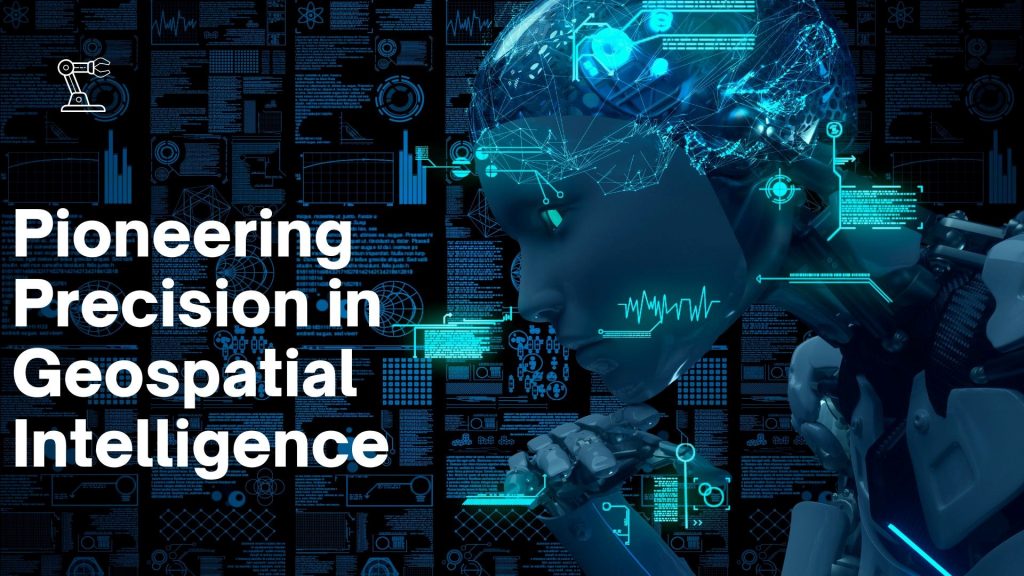The traditional methods of identifying and sharing locations have been plagued by ambiguity, especially in regions with poor or non-existent addressing systems. What3words provides a solution by dividing the world into 3m x 3m squares, each assigned a unique three-word identifier. This innovation makes location sharing not only more precise but universally accessible, regardless of language or local addressing standards. Raymond Lazarus is an expert in geospatial technologies, exploring innovative solutions that shape modern mapping and data systems. His recent analysis highlights how transformative technologies like What3words revolutionize the way location data is utilized across multiple industries.
By offering an easily remembered, human-friendly alternative to complicated coordinate systems, What3words stands out as a crucial tool for sectors requiring accurate geospatial data.
Simple Yet Powerful
At its core, the What3words system addresses the age-old challenge of location identification with simplicity and efficiency. Instead of relying on alphanumeric strings or coordinates, the platform assigns random combinations of three words to every square in its global grid. This grid, which encompasses over 57 trillion squares, eliminates traditional errors associated with verbal communication of addresses. Whether navigating rural landscapes or dense urban areas, What3words ensures that users can pinpoint exact locations without confusion or delay.
Enhancing Mapping Platforms
The integration of What3words into popular mapping platforms like Google Maps and Apple Maps marks a significant advancement in the capabilities of digital maps. Users can now enter a three-word address into these platforms, which then translate the information into precise geographic coordinates. This has led to smoother navigation, particularly in underdeveloped areas where existing maps may lack detailed street addresses.
For developers, What3words opens new opportunities for creating location-based applications. Through API integration, What3words addresses can be embedded into a wide range of apps, allowing for seamless navigation, location sharing, and geospatial analysis. This consistency across platforms provides a uniform addressing standard, facilitating improved interoperability between mapping services.
Revolutionizing Emergency and Delivery Services
Emergency services have adopted What3words to streamline response times, particularly in remote or hard-to-reach areas. By using three-word addresses, first responders can arrive at precise locations quickly, avoiding delays caused by ambiguous or missing street addresses. The accuracy provided by this system has been credited with saving lives in critical situations, offering responders exact details on where to find individuals in distress.
Similarly, the logistics and delivery industries have benefited from What3words integration. By identifying precise drop-off points, delivery services can improve accuracy and reduce instances of missed or delayed deliveries. This increased operational efficiency also translates to enhanced customer satisfaction, as recipients can receive packages without confusion over incorrect or incomplete addresses.
Expanding the Horizons of Tourism and Aid
For travelers navigating unfamiliar destinations, What3words offers a straightforward means of sharing and finding specific locations, even in areas where conventional street addresses are unfamiliar or difficult to understand. Whether it’s locating a hidden tourist spot or sharing the location of an attraction, What3words breaks down language barriers by providing a global standard for location identification.
Humanitarian organizations also rely on What3words to coordinate aid in disaster-stricken areas, where formal addresses may be non-existent or unreliable. By marking the locations of medical camps, supply depots, or areas needing assistance, What3words enables aid workers to effectively allocate resources and improve the efficiency of their operations.
Future Directions in Geospatial Technology
The innovations presented by What3words are far from static. Future developments, including its potential integration with augmented reality (AR) and advancements in data interoperability, are expected to elevate its utility even further. AR integration could provide real-time location data through smartphone cameras, enhancing navigation and geospatial data visualization. Moreover, as more industries adopt the platform, the possibilities for advanced geospatial analytics become even more exciting. This expansion into predictive modeling and machine learning applications can deepen our understanding of spatial patterns, transforming urban planning, disaster management, and logistics.
In conclusion, Raymond Lazarus presents a forward-thinking view on the revolutionary impact of What3words in geospatial intelligence. The system’s integration with major platforms not only simplifies the process of location sharing but also promises to drive future innovations in sectors ranging from emergency response to advanced analytics. Lazarus’s insights shed light on how this global addressing system will continue to shape industries by offering precise, accessible, and adaptable solutions to location-based challenges. As these applications expand, What3words is poised to remain a central player in the evolution of geospatial technologies.

